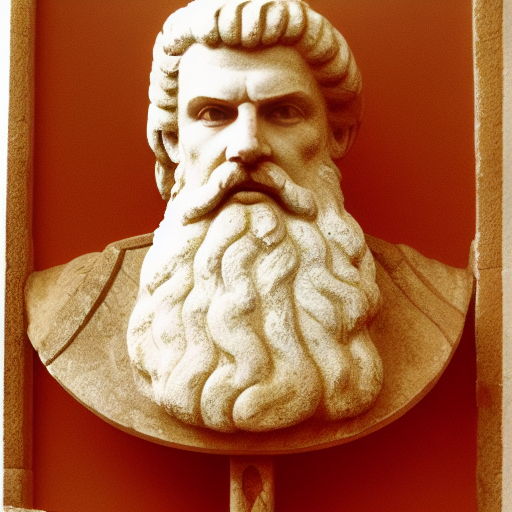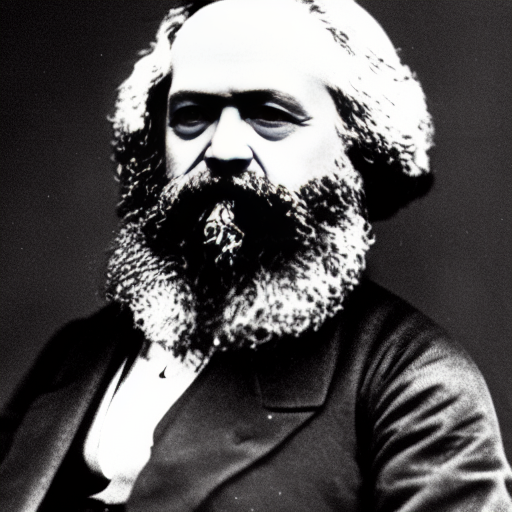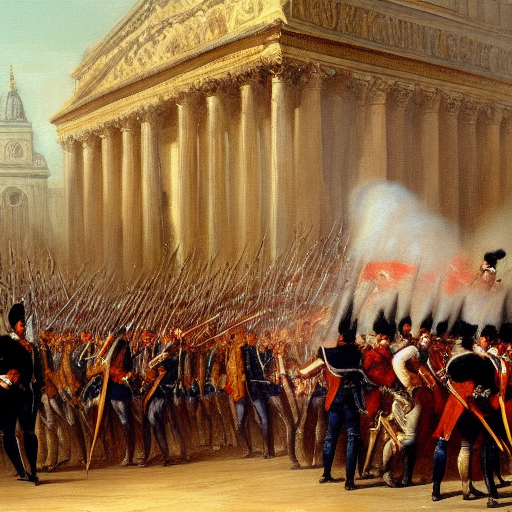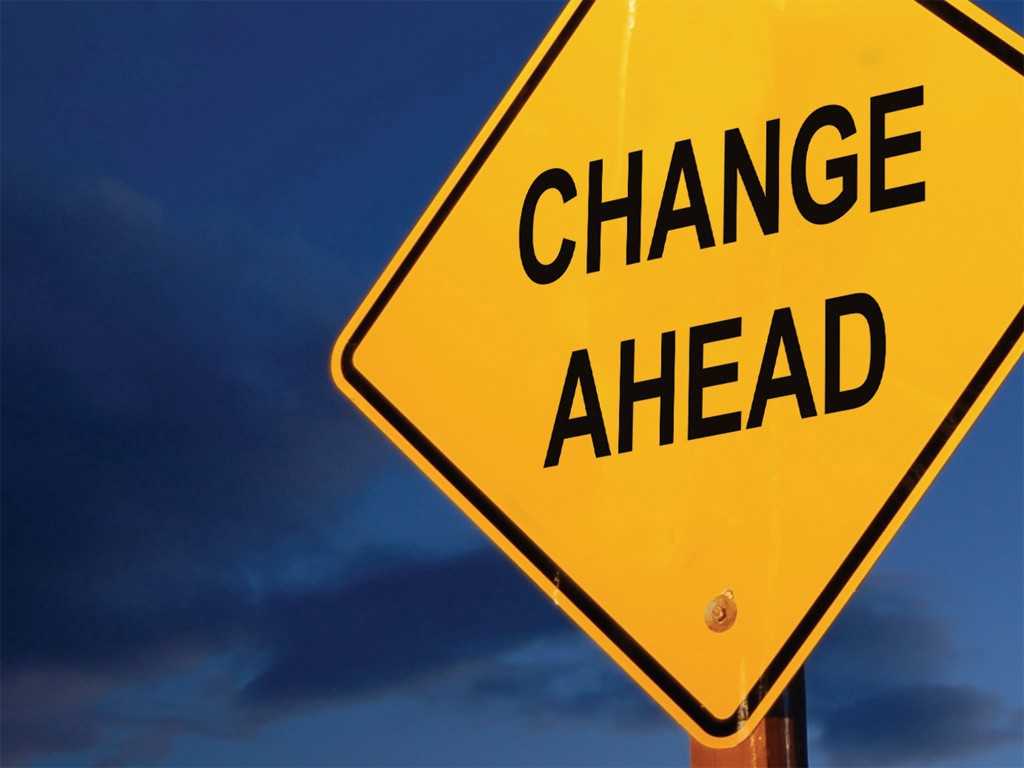Growing up, I was always a creature of habit. I had my routines, my comfort zone, and the way I thought things should be. However, life often presents us with unexpected lessons in surprising ways, and it wasn’t long before I was faced with significant changes that forced me out of my comfort zone. From moving to a new country to dealing with the loss of a loved one, change has been a constant companion in my life. Over time, I’ve come to embrace change and the growth opportunities it brings.
As I’ve grappled with these transformations, I’ve often wondered: If change is so “natural,” why does it feel so unnatural to deal with? Why do we tend to resist change and seek stability? Is change always good? These are questions that have plagued philosophers, scientists, and people like myself for centuries.
Take, for example, the philosophical debate on the role of tradition in change. Is tradition a barrier to change, or is rejecting tradition a reinforcer of change? Tradition can be seen as a heuristic or an algorithm that predicts outcomes based on past experiences. Following tradition means maintaining stability, and in many ways, this can be a positive thing. However, when faced with new challenges, adhering to tradition might limit our ability to adapt and evolve.
This idea is supported by the observations of many civilizations throughout history. As civilizations reach their peak, they often become rigid and inflexible, eventually succumbing to decline and disintegration. This cultural breakdown is often attributed to a loss of adaptability and creativity. A society that cannot adapt to changing conditions is unable to continue the process of cultural evolution and will ultimately fail.
From a neurological perspective, our brains are wired to form habits and routines. Neural networks become stronger as we repeat the same actions over time, making it difficult to break from tradition. But on the flip side, evolution itself is a constant process of change. From an evolutionary perspective, change is the driving force behind adaptation and survival.
As a cosmic force, change is inevitable. It permeates everything, from atoms to galaxies. It is the driving force behind the increase in entropy over time, and without it, life as we know it would not exist. So, how do we reconcile our natural resistance to change with the necessity of change in our lives?

One way I’ve learned to embrace change is by reframing my perspective. Instead of seeing change as a threat to my stability, I now view it as an opportunity for growth and self-improvement. By stepping out of my comfort zone and adapting to new situations, I’ve become more resilient and open-minded.
This shift in perspective has also led me to question the role of tradition in my life. Do I reject tradition and speed up the rate of progress, or do I embrace tradition and resist change? Ultimately, I believe there is a balance to be struck. Some traditions provide a sense of stability and continuity, while others may hold us back from adapting to new circumstances.
As I continue to navigate the ever-changing landscape of life, I’ve learned that change is not something to be feared or resisted. Rather, it is an opportunity to grow, learn, and evolve. By embracing change, we can better understand the world around us and our place within it.
So, the next time you find yourself faced with change, ask yourself: Is this an opportunity for growth? How can I use this change to become a better version of myself? And most importantly, remember that change is a natural part of life – it is up to us to decide how we will adapt and grow with it.
In the end, life is a series of changes, and the way we respond to them defines who we are. By embracing change and recognizing the opportunities it presents, we can live richer, more fulfilling lives.
In my personal journey, I’ve found that change often comes when we least expect it. But by cultivating an open mind and a willingness to adapt, we can turn these unexpected moments into opportunities for growth and self-discovery.
To help others on their journey of embracing change, I’d like to share a few strategies that have worked for me:
- Acknowledge your emotions: Change can bring up a range of emotions, from fear and anxiety to excitement and anticipation. It’s essential to recognize and validate these feelings as part of the process. By acknowledging our emotions, we can better understand our reactions to change and find healthy ways to cope.
- Focus on the positives: While change can be challenging, it often brings about new opportunities and experiences. Try to focus on the potential benefits of the change and envision how it might lead to personal growth and development.
- Be proactive: Instead of waiting for change to happen, take charge of your life and make conscious decisions to shape your future. By being proactive, you can create positive changes and minimize the impact of unexpected events.
- Cultivate resilience: Change is inevitable, but our ability to bounce back and adapt is what sets us apart. Work on building your resilience by developing healthy coping mechanisms, seeking support from loved ones, and focusing on personal growth.
- Stay curious: Embrace a mindset of curiosity and continuous learning. By staying open to new ideas and experiences, you’ll be better equipped to adapt to change and find creative solutions to challenges.
In conclusion, the journey of embracing change is a deeply personal and transformative one. By recognizing the inevitability of change, questioning the role of tradition, and adopting a mindset of growth and adaptability, we can learn to thrive in the face of uncertainty.
As we explore the nature of change and its impact on our lives, it’s essential to remember that our reactions to change are just as important as the changes themselves. By choosing to see change as an opportunity for growth and development, we can overcome our natural resistance to change and learn to embrace it wholeheartedly.
Change is a fundamental aspect of the human experience, and the way we navigate these changes ultimately shapes our character and worldview. By embracing change with an open heart and mind, we can cultivate a deeper understanding of ourselves and the world around us – and ultimately, lead richer, more fulfilling lives.





